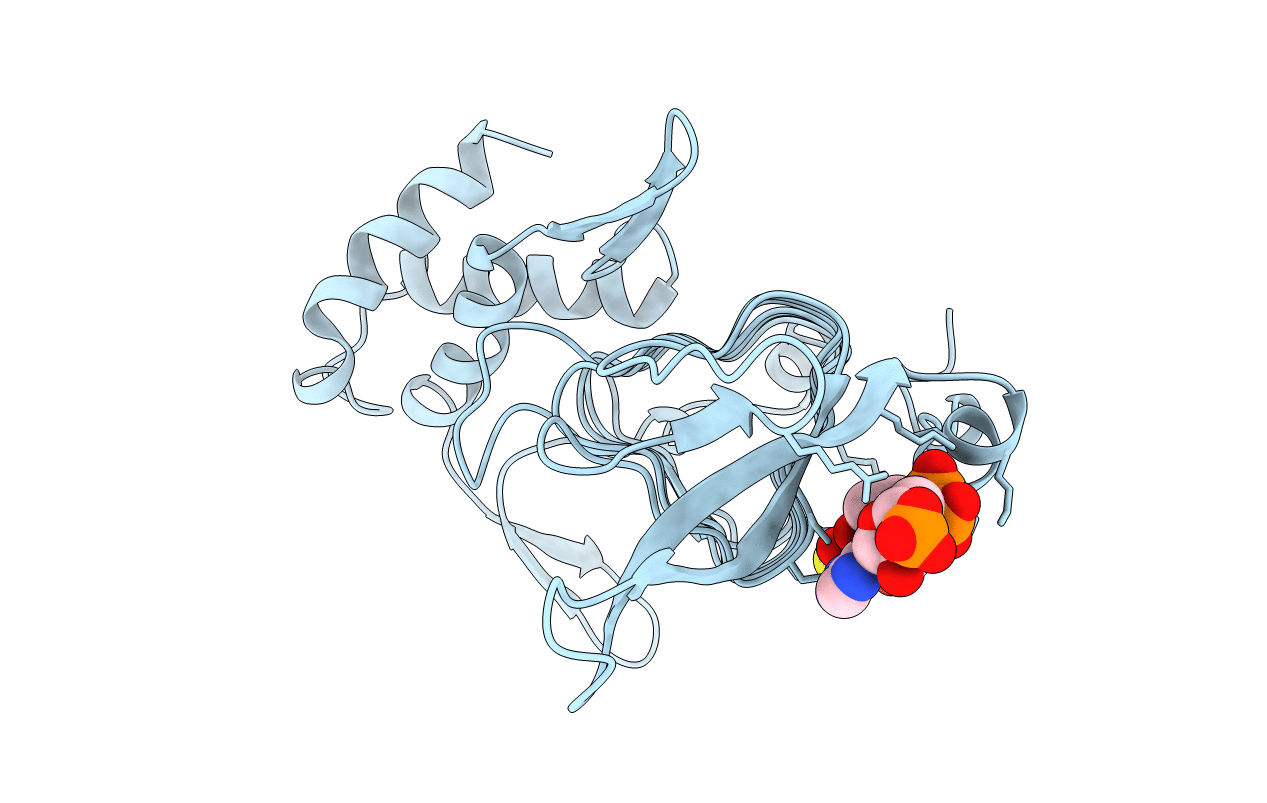
Deposition Date
1998-05-05
Release Date
1998-10-14
Last Version Date
2024-05-22
Entry Detail
PDB ID:
2TDT
Keywords:
Title:
COMPLEX OF TETRAHYDRODIPICOLINATE N-SUCCINYLTRANSFERASE WITH 2-AMINOPIMELATE AND COENZYME A
Biological Source:
Source Organism:
Mycobacterium bovis (Taxon ID: 1765)
Host Organism:
Method Details:
Experimental Method:
Resolution:
2.00 Å
R-Value Free:
0.24
R-Value Work:
0.16
R-Value Observed:
0.17
Space Group:
H 3


